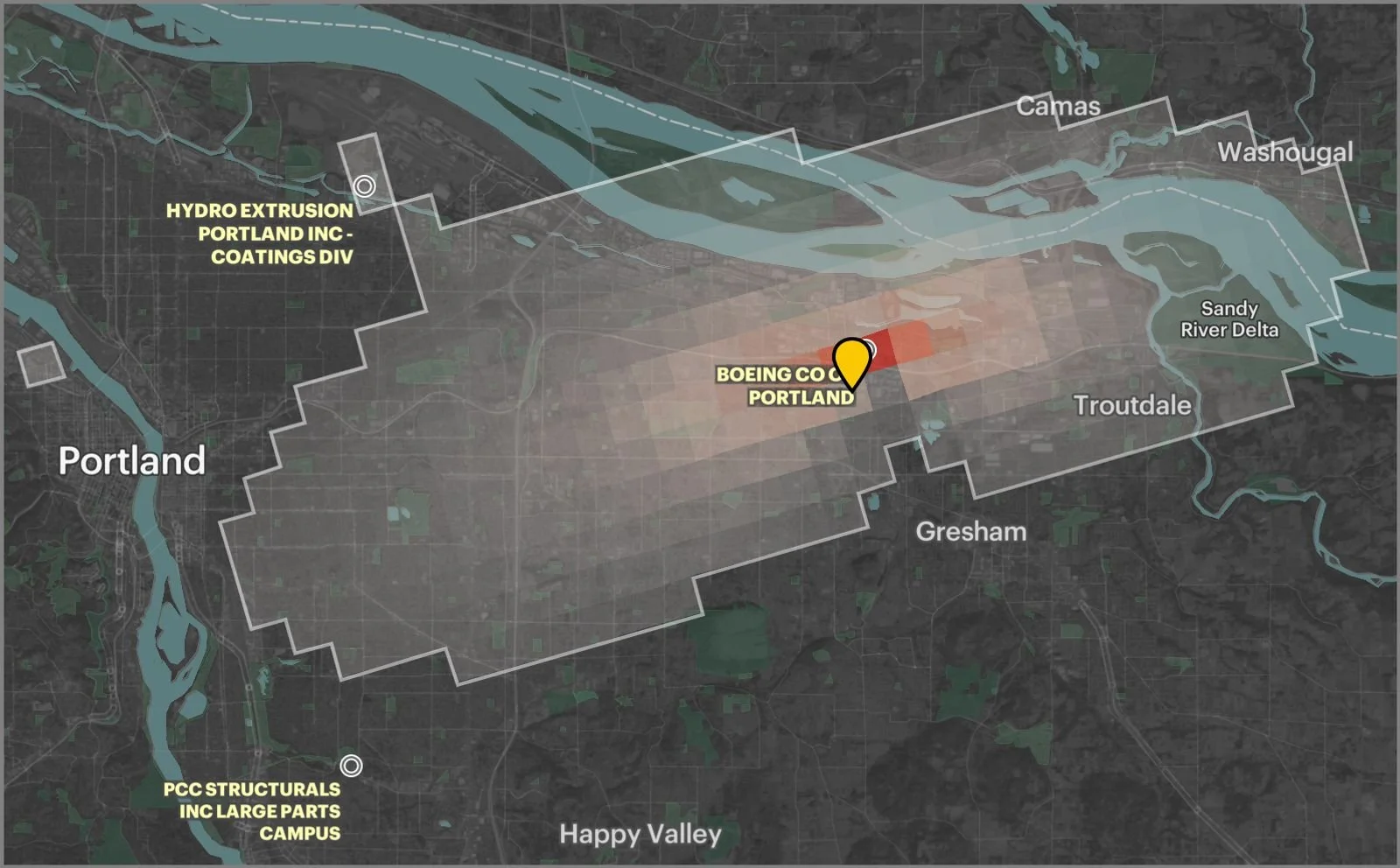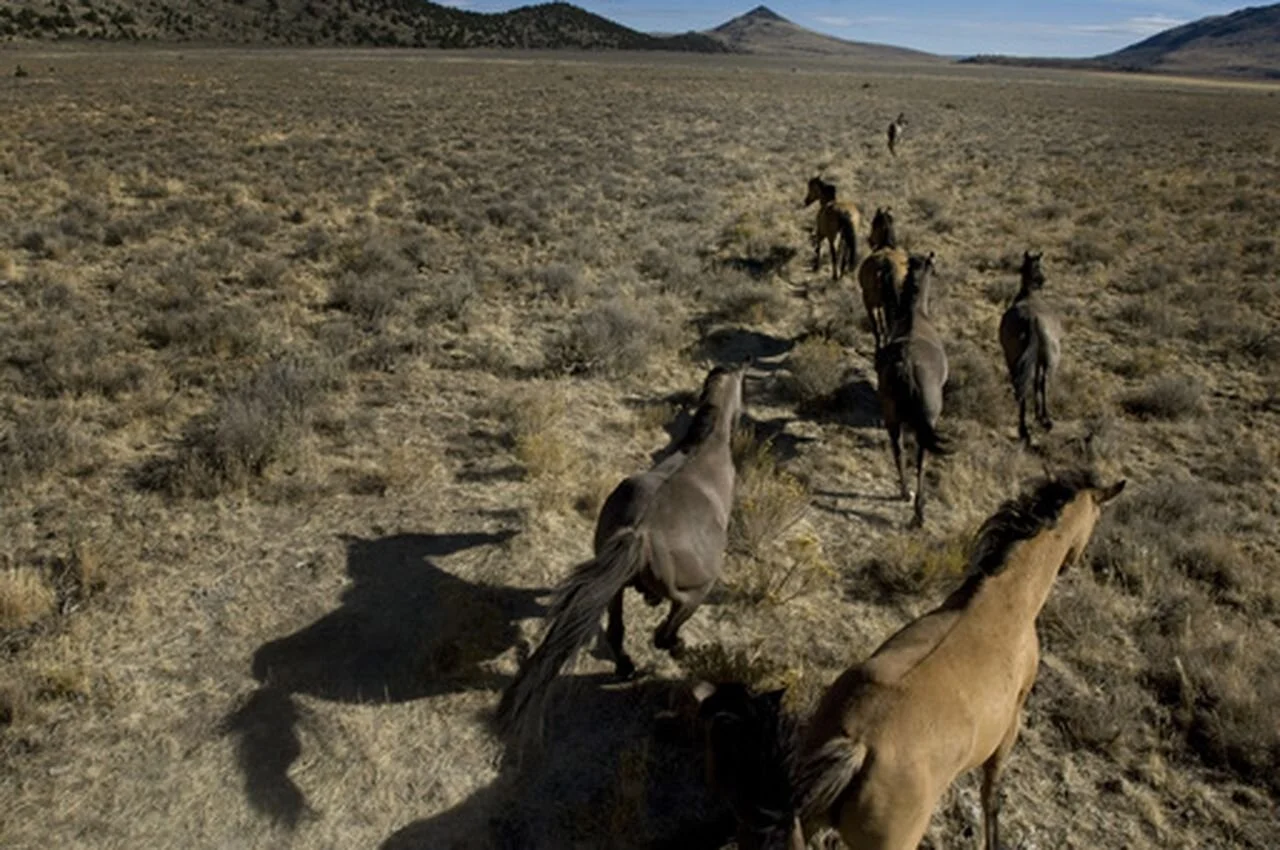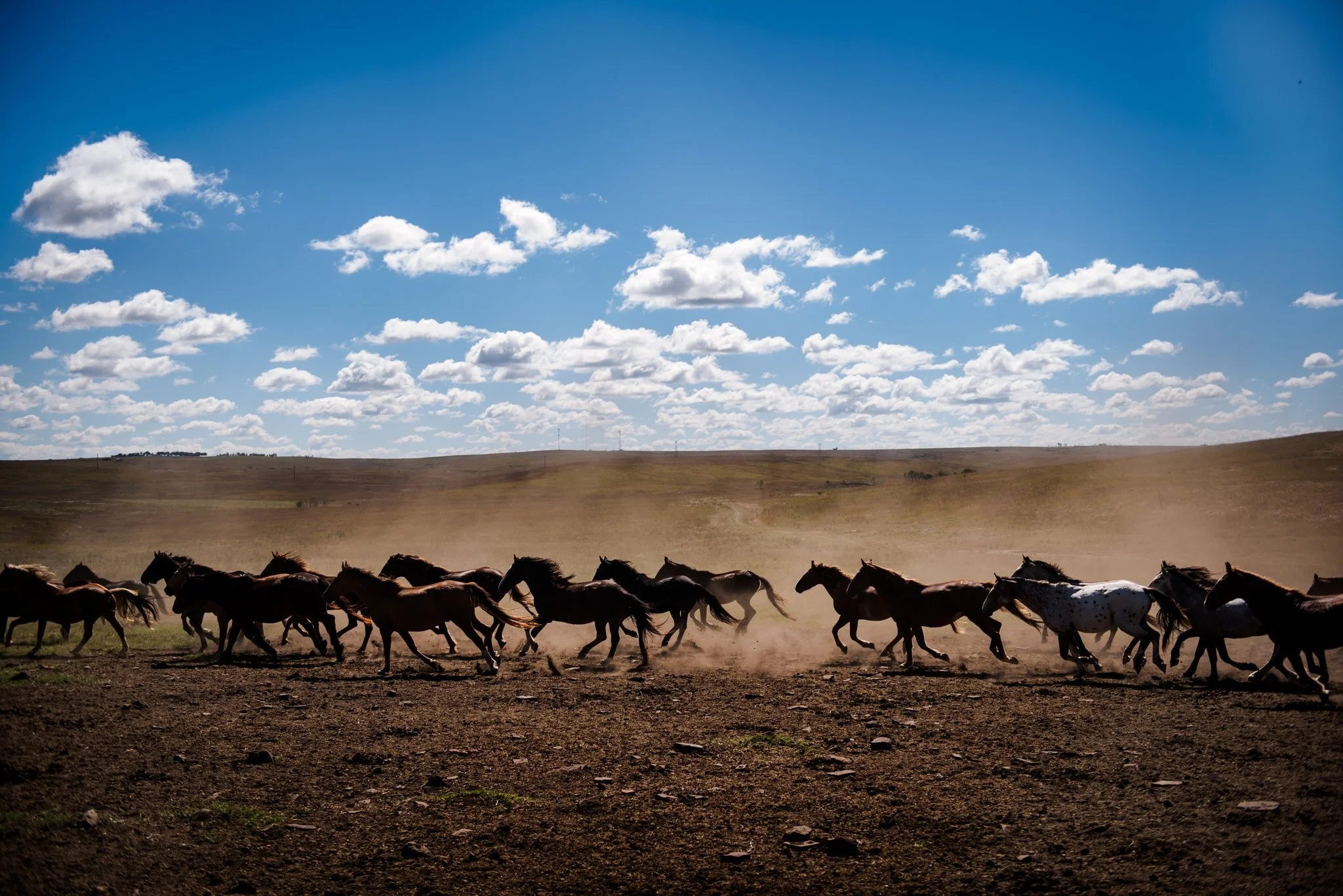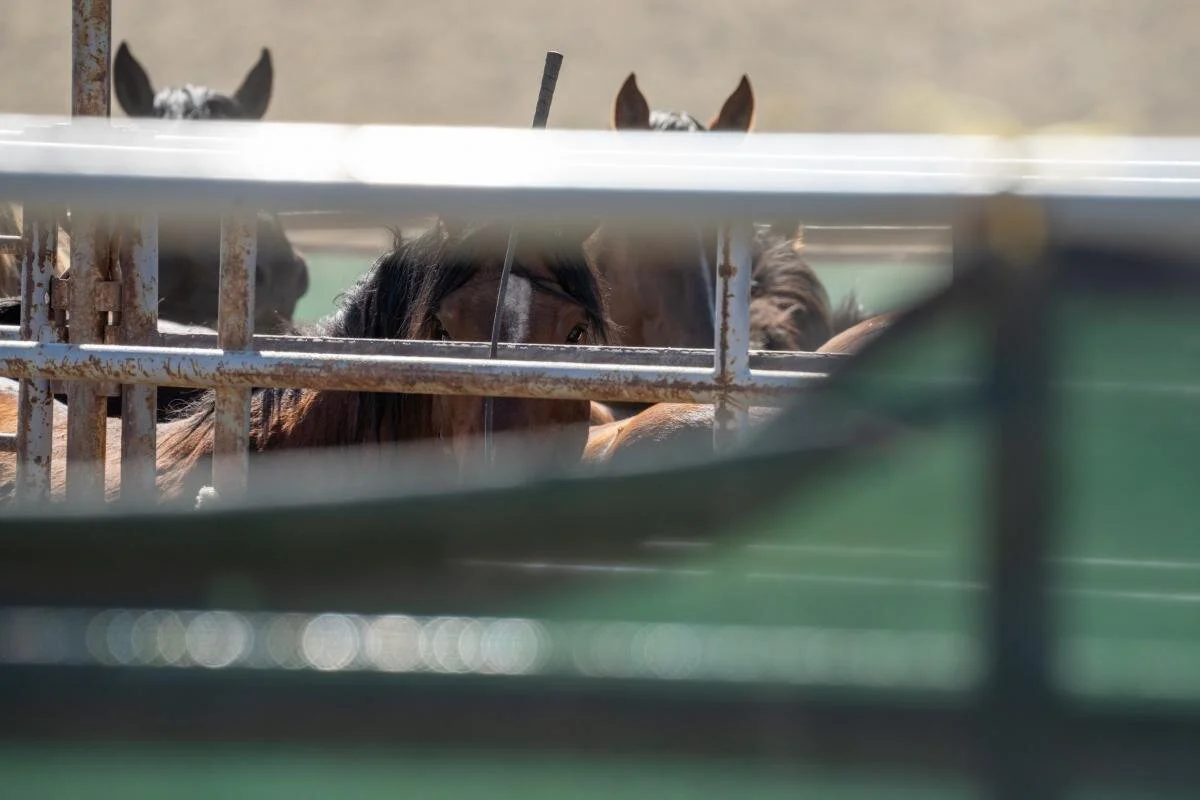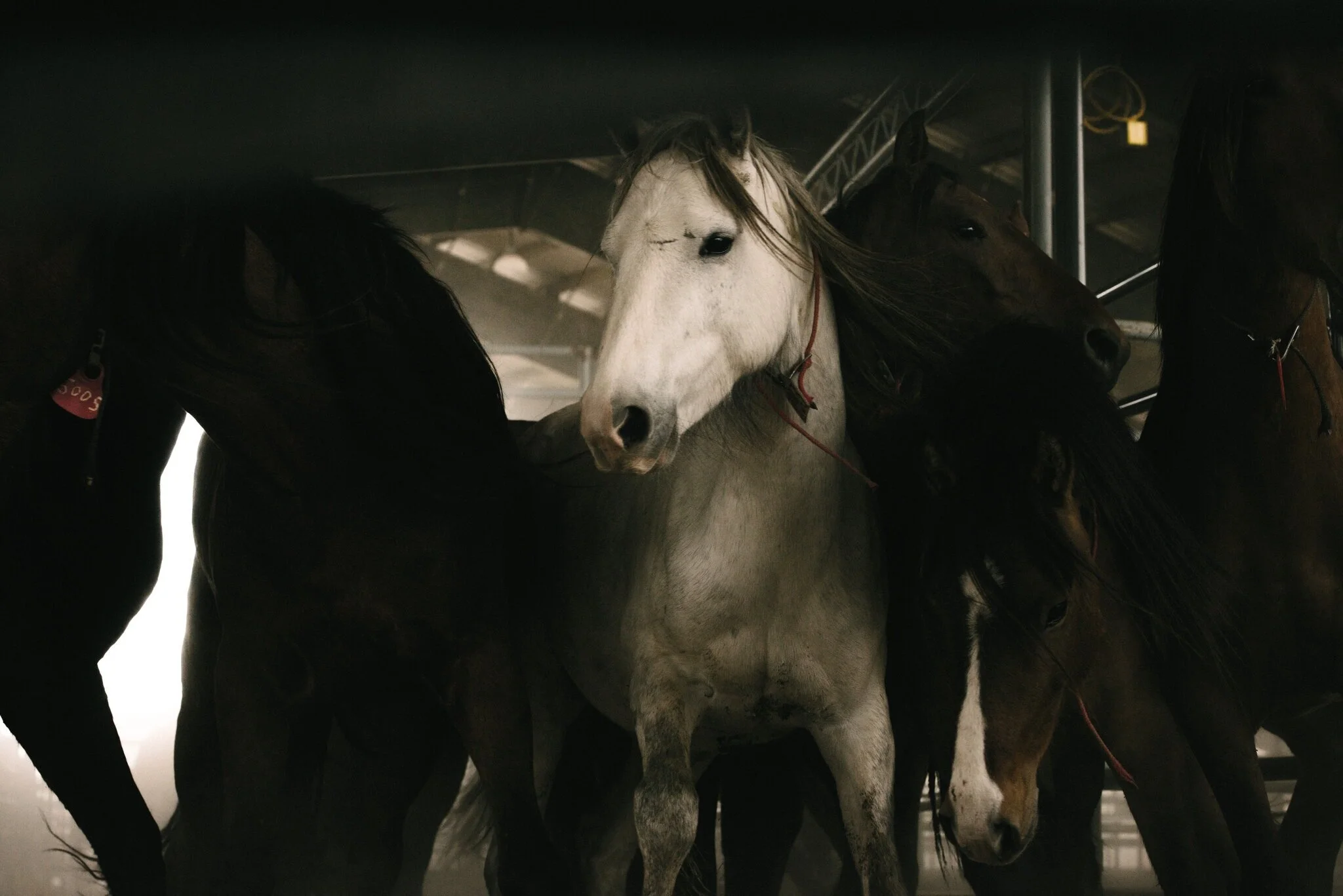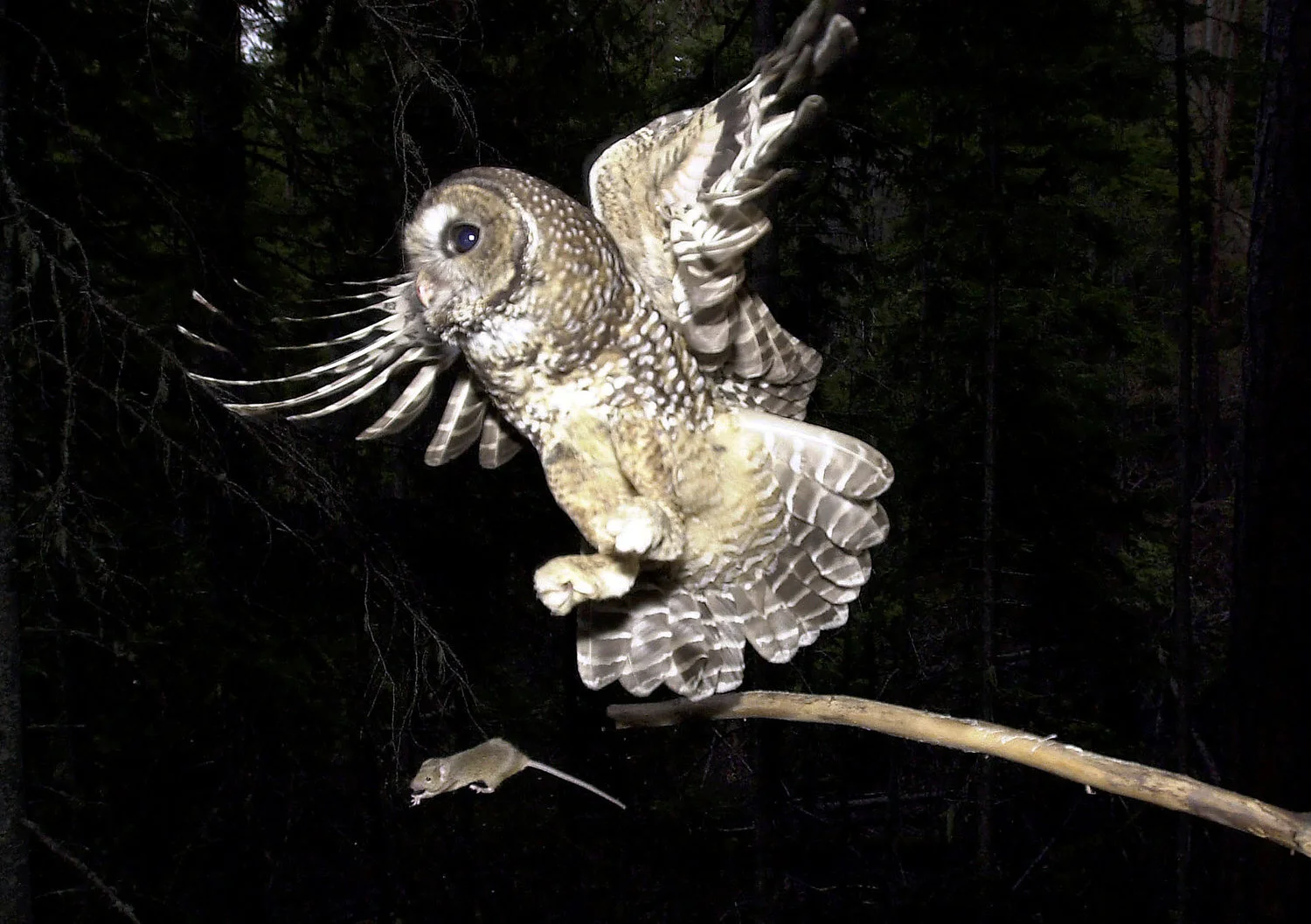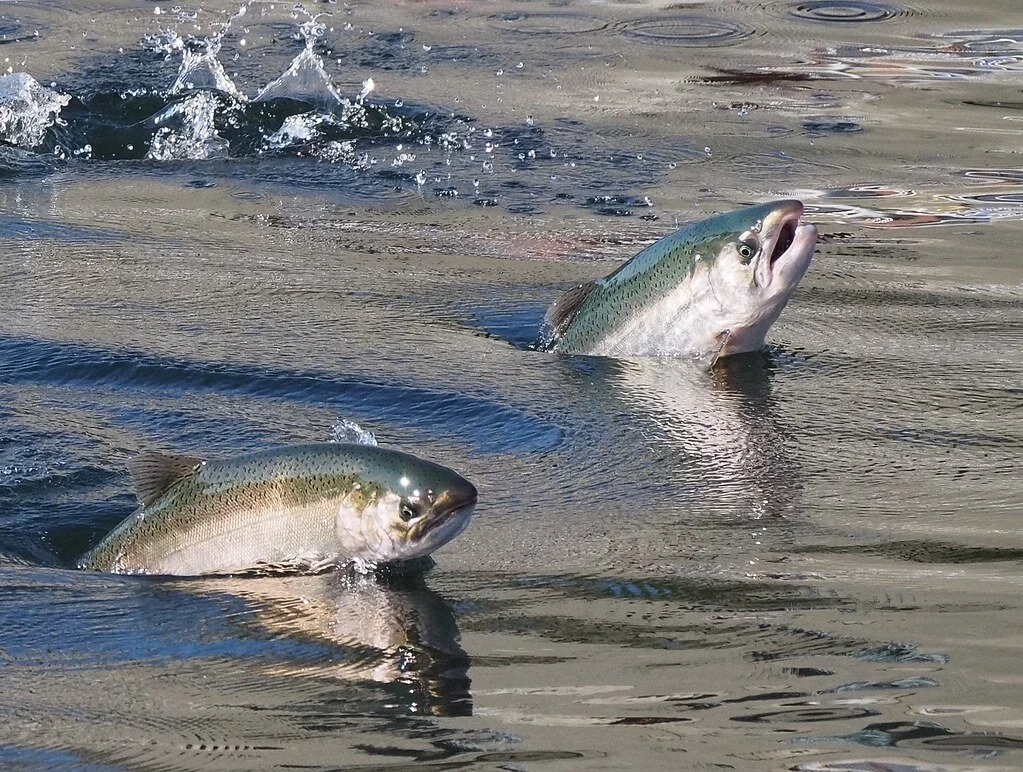Oct. 14, 2016
The New York Times
By Dave Philipps
OSAGE COUNTY, Okla. — As the sun set on the honey-colored prairie here, a herd of wild horses grazed belly deep in Indiangrass and big bluestem. On the next ridge, a dozen more horses nibbled in the pasture, and beyond them even more, dotting the hills almost as far as the eye could see.
The head of the Bureau of Land Management’s wild horse program, Dean Bolstad, tipped up his cowboy hat and looked out at the animals from a hilltop. “I love seeing this,” he said, “but it’s also an absolute anchor around our neck.”
The horses were grazing on a ranch the agency rents, one of 60 private ranches, corrals and feedlots where it stores the 46,000 wild horses it has removed from the West’s public lands. The cost: $49 million a year.
Trying to make that rent has pushed the wild horse program into crisis. The expense eats up 66 percent of the federal budget for managing wild horses, and it is expected to total more than $1 billion over the life of the herds. The program cannot afford to continue old management practices that created the problem in the first place, or afford to come up with solutions that might fix it.
…
Read the full article here
